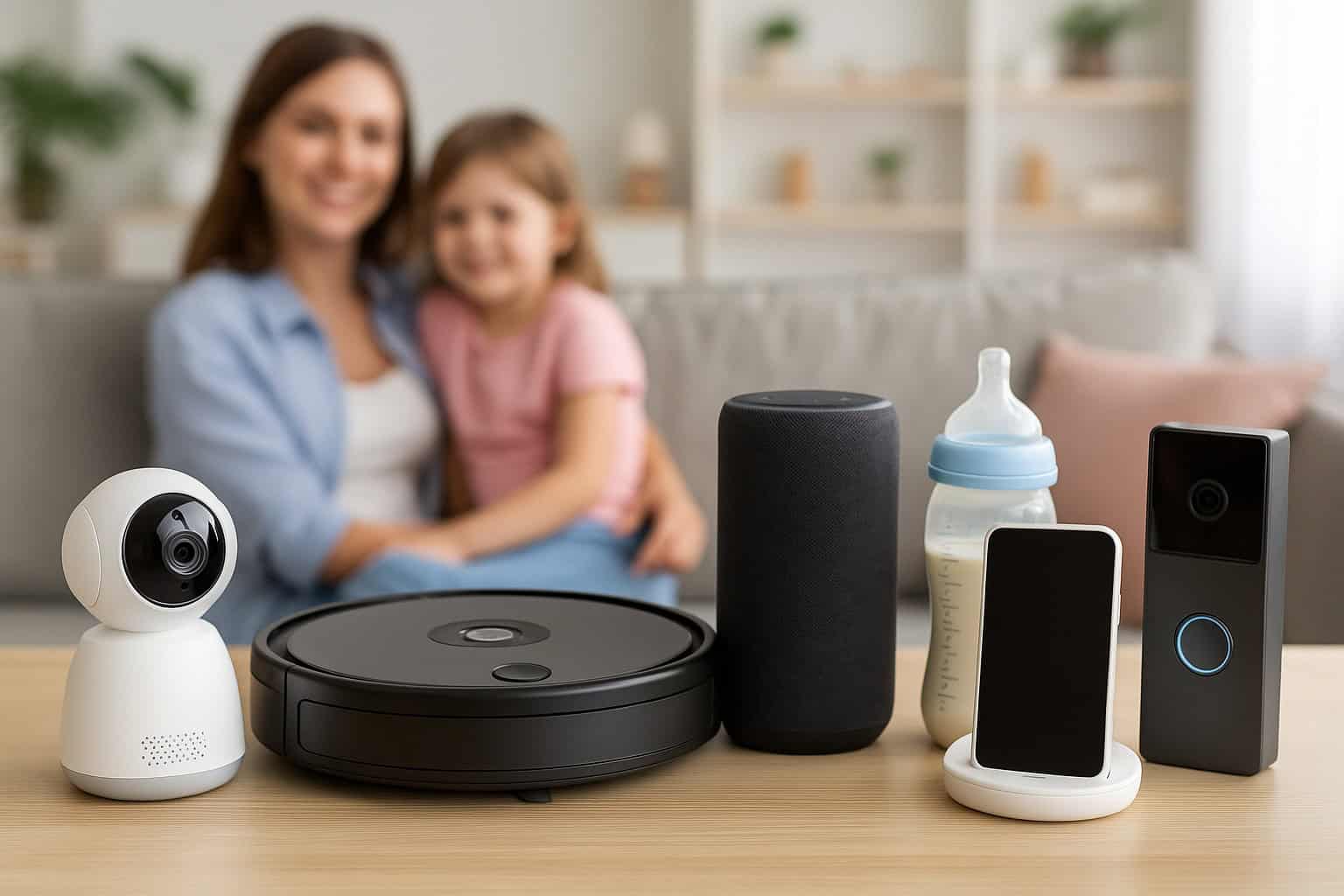14 Household Triggers That Might Be Overloading Your Child’s Senses
Sensory overload can occur unexpectedly in everyday environments, often due to common household factors. Children, especially those with heightened sensitivities, may experience stress, discomfort, or behavioral challenges when exposed to certain triggers at home. Recognizing these often-overlooked sources of sensory input is key to creating a more comfortable, supportive environment. Here are 14 household triggers that might be overwhelming your child’s senses, with practical insights and resources for better understanding.
1. Loud Appliances

Common household machines such as vacuum cleaners, blenders, and washing machines often emit sudden, high-decibel noises that can easily overwhelm a child’s auditory system. These abrupt sounds may trigger discomfort, anxiety, or even meltdowns—particularly for children with heightened sound sensitivities. Reducing exposure or forewarning your child before using such appliances can help minimize distress.
2. Bright or Flickering Lights

Harsh overhead lighting, especially from flickering fluorescent bulbs or rapid changes in light intensity, can significantly strain a child’s visual senses. Children who are sensitive to visual input may experience headaches, eye strain, or increased agitation in such environments. Creating a softer, more consistent lighting setup can help alleviate these symptoms.
3. Strong Cleaning Scents
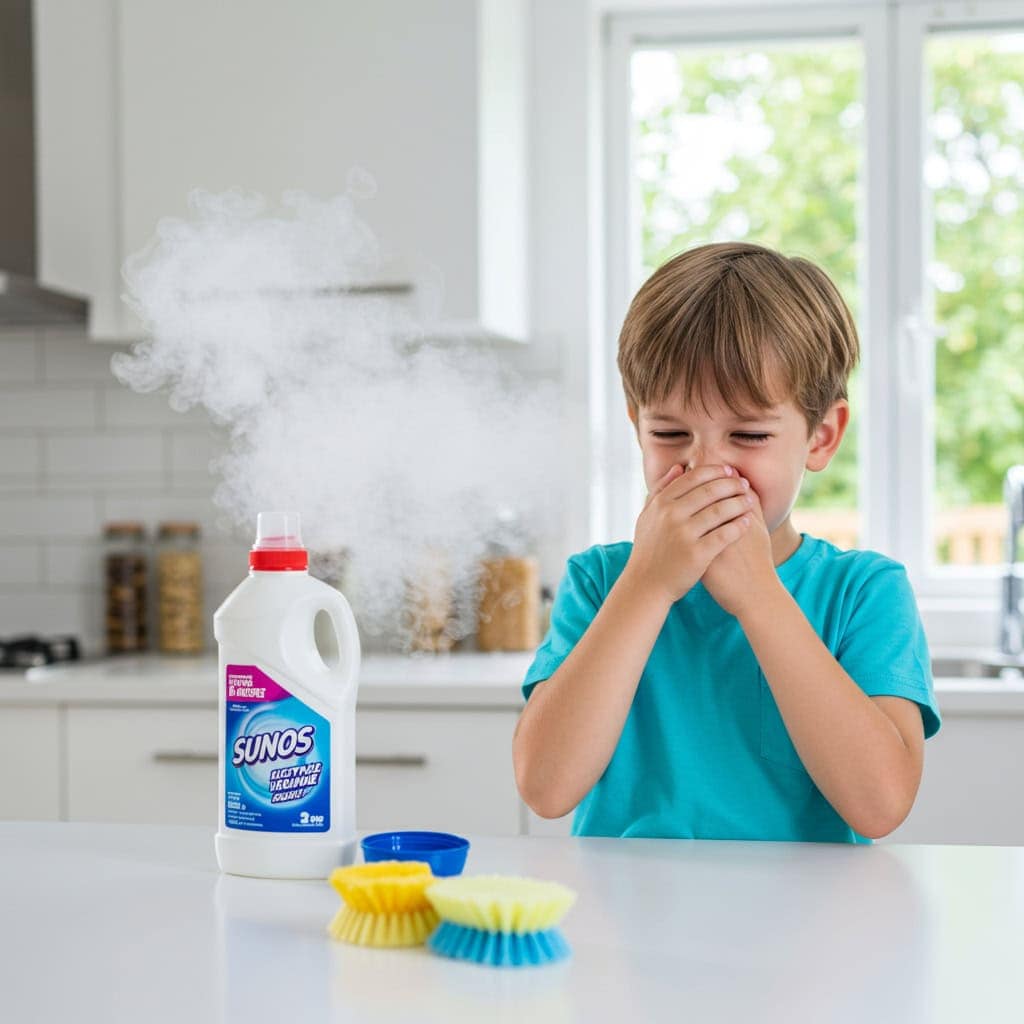
Powerful odors from household cleaners, air fresheners, or laundry detergents can easily overwhelm a child’s sensitive olfactory system. For some children, exposure to these strong scents may lead to nausea, headaches, or discomfort. Choosing fragrance-free or mild-scented products can create a more comfortable environment.
4. Cluttered Spaces

Visual clutter from scattered toys, piles of laundry, or general household mess can overwhelm a child’s ability to process their environment. When spaces are overly busy or disorganized, it may lead to increased distraction, stress, or difficulty focusing. Maintaining tidy, organized areas can help support a child’s sense of calm and control.
5. Scratchy Fabrics
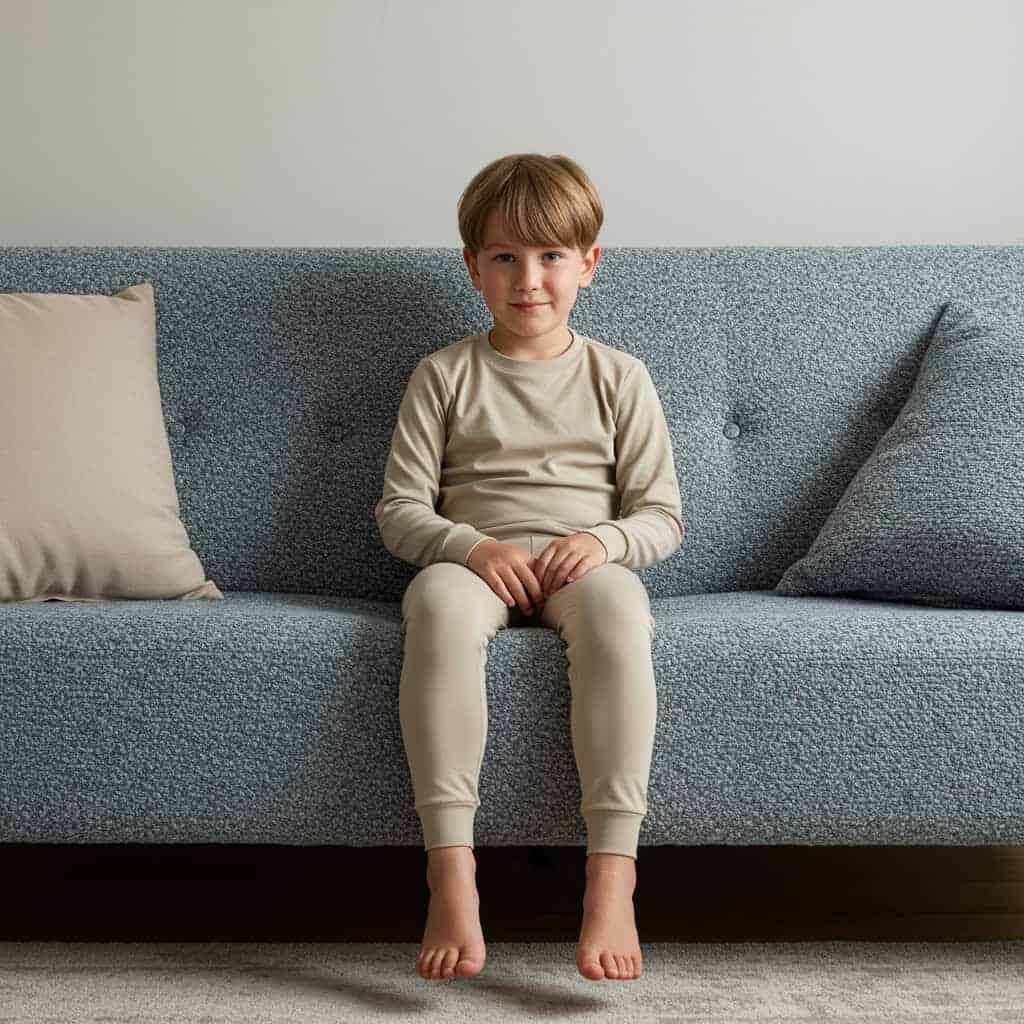
Clothing or furniture made from rough, itchy materials can cause significant tactile discomfort, especially for children with sensory sensitivities. Elements such as tags, seams, or certain textures may trigger strong aversions or distress. Opting for soft, seamless clothing and cozy fabrics can help reduce discomfort.
6. Multiple Screens and Devices

When TVs, tablets, smartphones, and computers are all in use at the same time, the mixture of bright visuals and overlapping sounds can overload a child’s senses. This constant barrage of stimulation may result in trouble focusing, irritability, or meltdowns for sensitive children. Creating screen-free zones or limiting simultaneous device use can help.
7. Sudden Temperature Changes

Rapid transitions from warm to cool air—often caused by drafts or HVAC systems—can be particularly uncomfortable for children with temperature sensitivities. These abrupt changes may lead to irritability, restlessness, or distress. Maintaining consistent indoor temperatures can help create a more comfortable environment.
8. Pet Dander and Movement

Pets can present unique sensory challenges for children, especially when they move quickly or shed dander throughout the home. The unpredictability of a pet’s actions can contribute to distress, while dander may also trigger allergies or irritation. Consistent grooming and creating pet-free zones can help reduce sensory overload.
9. Crowded Family Gatherings

Large family events often involve multiple conversations, laughter, and constant movement, creating a sensory-rich environment that can easily overwhelm sensitive children. This overstimulation may lead to withdrawal, anxiety, or even meltdowns as children struggle to process the chaos. Providing quiet breaks or a calm retreat area can make these situations more manageable.
10. Unpredictable Schedules
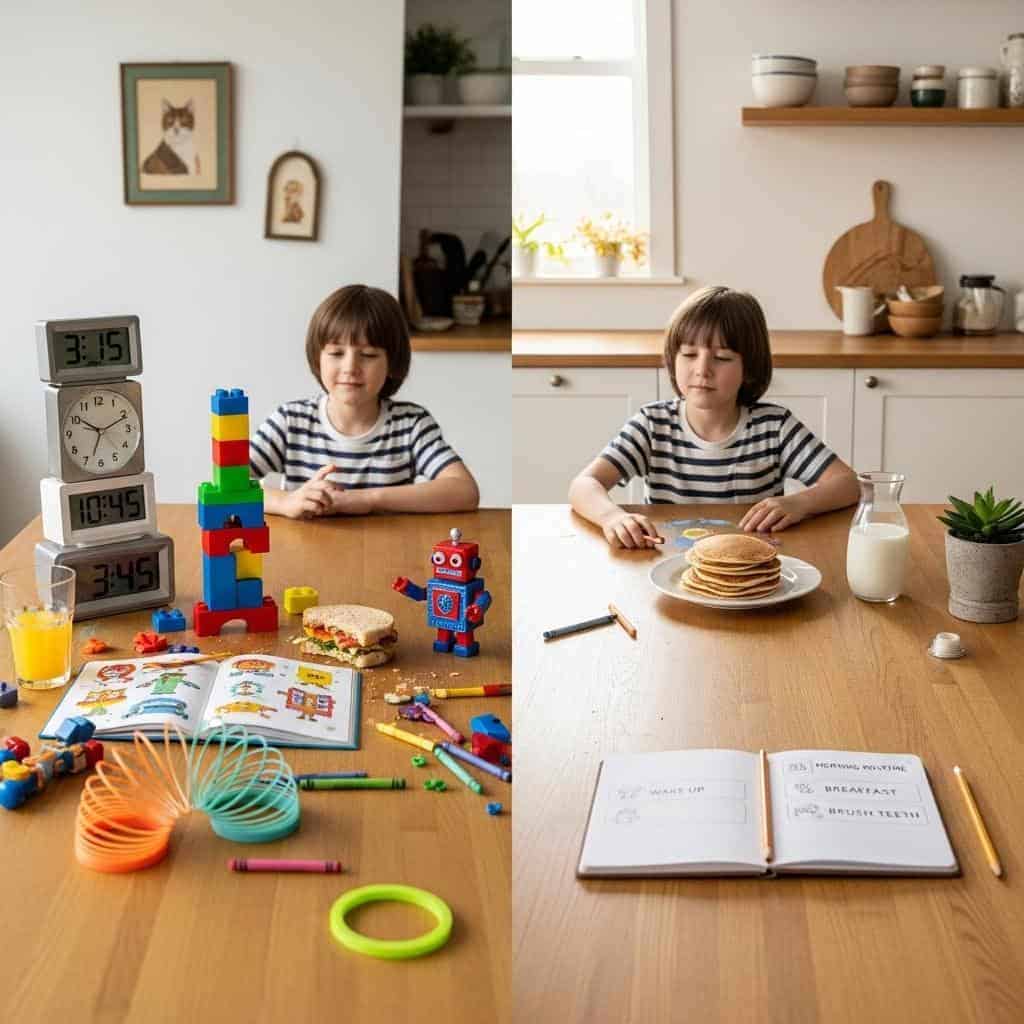
Sudden changes in daily routines or an overall lack of structure can cause significant stress for children, especially those with sensory sensitivities. Predictable schedules help many children feel secure and in control, while unpredictability can trigger anxiety or behavioral challenges. Establishing consistent routines and providing advance notice of changes can ease transitions.
11. Loud Doorbells and Alarms

Sudden, sharp sounds from doorbells, smoke alarms, or kitchen timers can startle children, often leading to panic or distress—especially during otherwise quiet moments. For sensitive children, these abrupt noises may feel overwhelming and disruptive. Considering softer chimes or advance warnings can help.
12. Overwhelming Bath Time Sensations
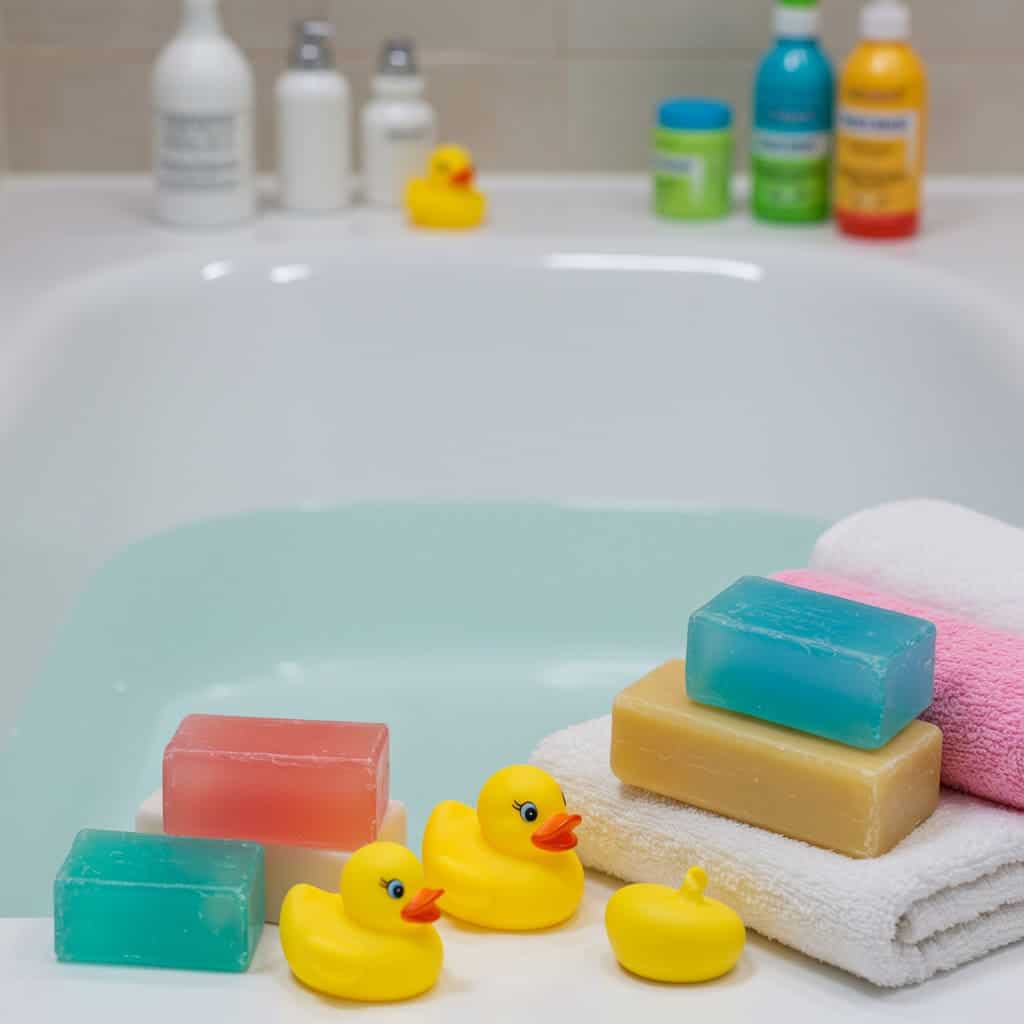
Bath time often involves a mix of strong-smelling soaps, slippery surfaces, and shifting water temperatures—all of which can overload a child’s senses. For children sensitive to tactile, olfactory, or temperature changes, this combination may lead to resistance or anxiety about bathing. Adjusting products and routines can help make bath time more comfortable.
13. Background Noise from Outside

Persistent noises like traffic, construction, or loud neighbors can filter into your home and contribute to a child’s sensory overload. While adults may tune out these background sounds, children with auditory sensitivities might find them distressing, leading to agitation or difficulty concentrating. Using sound machines or noise-canceling solutions can help.
14. Sibling Play and Roughhousing
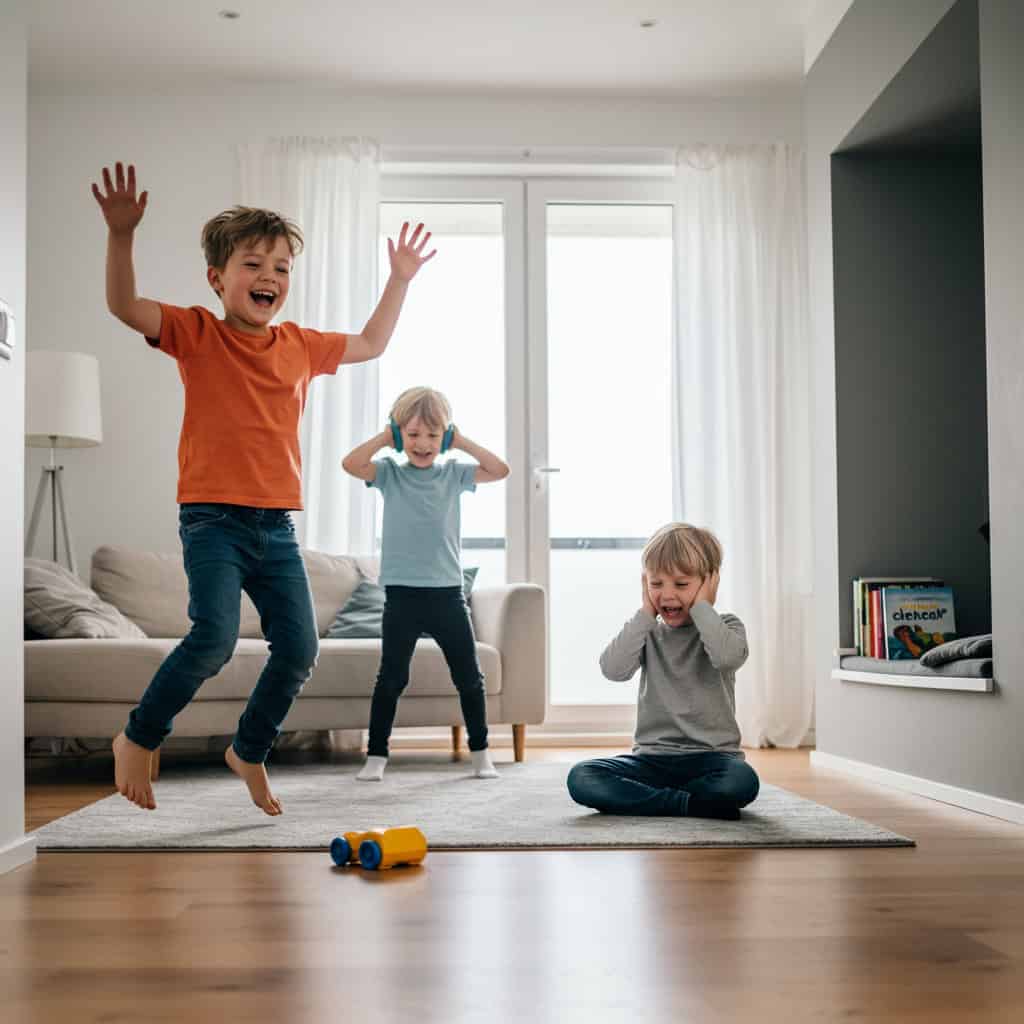
Energetic or loud play between siblings can generate unpredictable noise and movement, which may quickly lead to sensory overload for children with sensitivities. These active dynamics can cause anxiety, irritability, or withdrawal. Setting clear boundaries and providing access to quiet, calming spaces can help sensitive children cope.
Conclusion
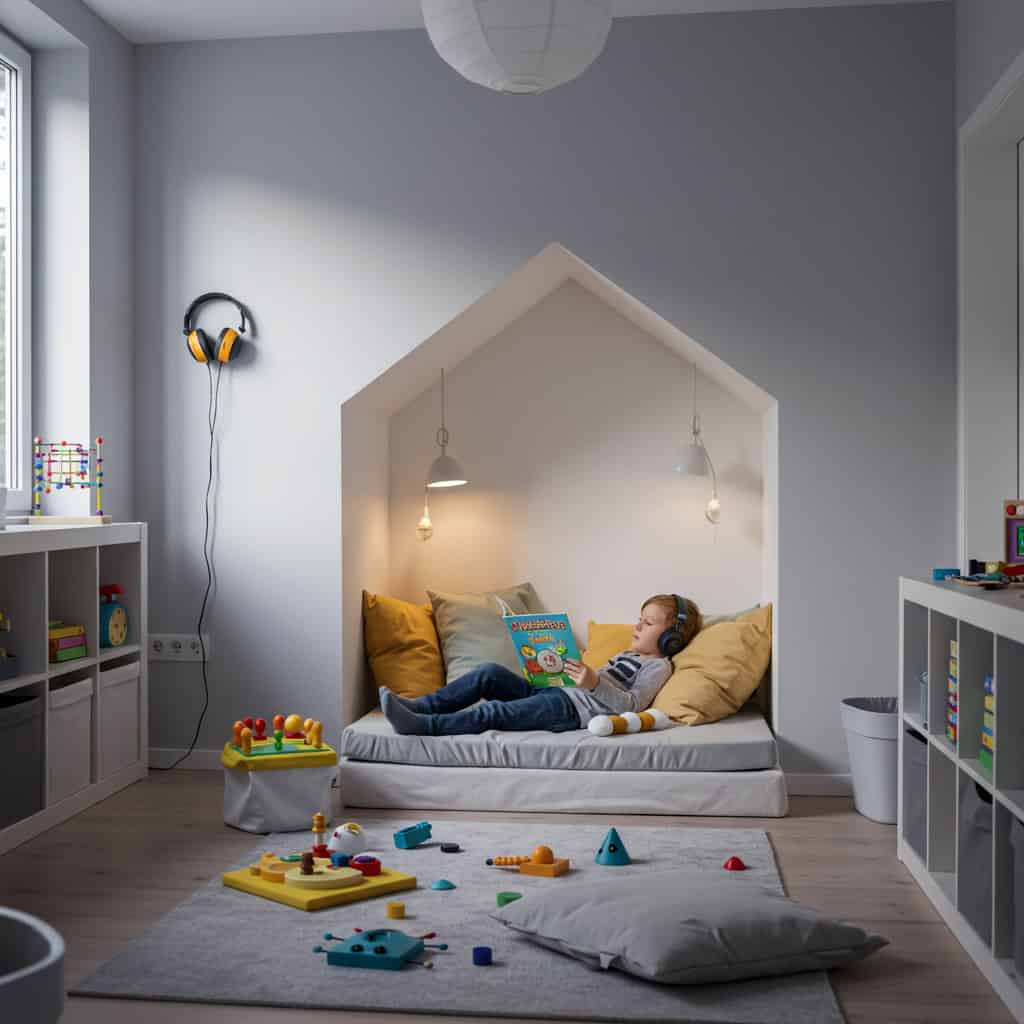
Recognizing and addressing common household sensory triggers is essential for supporting the comfort and well-being of all children, especially those with heightened sensitivities. By making small, thoughtful adjustments, families can create environments that reduce stress and foster happier, healthier development.
.article-content-img img { width: 100% }
